Jump to: Gold Mines | Largest Mines by Production | Largest Mine Discovered
Gold isn't just a shiny metal; it is a vital force in the global economy, with production reaching In 2024, approximately 106 million troy ounces, and prices soaring past $3,000 per ounce in 2025.
For centuries, gold mining has been a cornerstone of wealth and industry, shaping economies and civilizations alike. Today, massive gold mines operate across the globe, extracting millions of ounces of this precious metal each year.
Gold Mines
Once buried deep within Earth’s core, geological activity and meteorite impacts gradually brought this precious metal to the surface, making today’s gold mines possible.
Mining has evolved drastically over the years, from the initial phase of exploration, where geologists map, sample, and analyze potential deposits, to the high-tech drilling that uncovers gold reserves' true size and value.
In this article, we’ll explore the biggest gold mines by production, their locations, and their fascinating contribution to the precious metal market.
Largest Gold Mines by Production in the World
11. South Deep Gold Mine: South Africa
South Africa is renowned for its majestic wildlife, stunning landscapes, and rich cultural heritage. Despite the country having decreased gold production, it continues to make a substantial contribution, securing its place among the world’s most important producers.
South Deep Gold Mine is one of the largest gold mines in South Africa and in the world. It is a mechanized mining operation situated in the Witwatersrand Basin, approximately 50 km southwest of Johannesburg, South Africa’s economic hub. It still holds a vast 38-million-ounce minerals reserve, equivalent to nearly 100,000 gold bullion bars.
Gold production at the South Deep mine, operated by Gold Fields in South Africa, saw a significant decline, falling from an estimated 322 thousand ounces in 2023 to approximately 267 thousand ounces in 2024. (troy ounces)
10. Gruyere: Australia
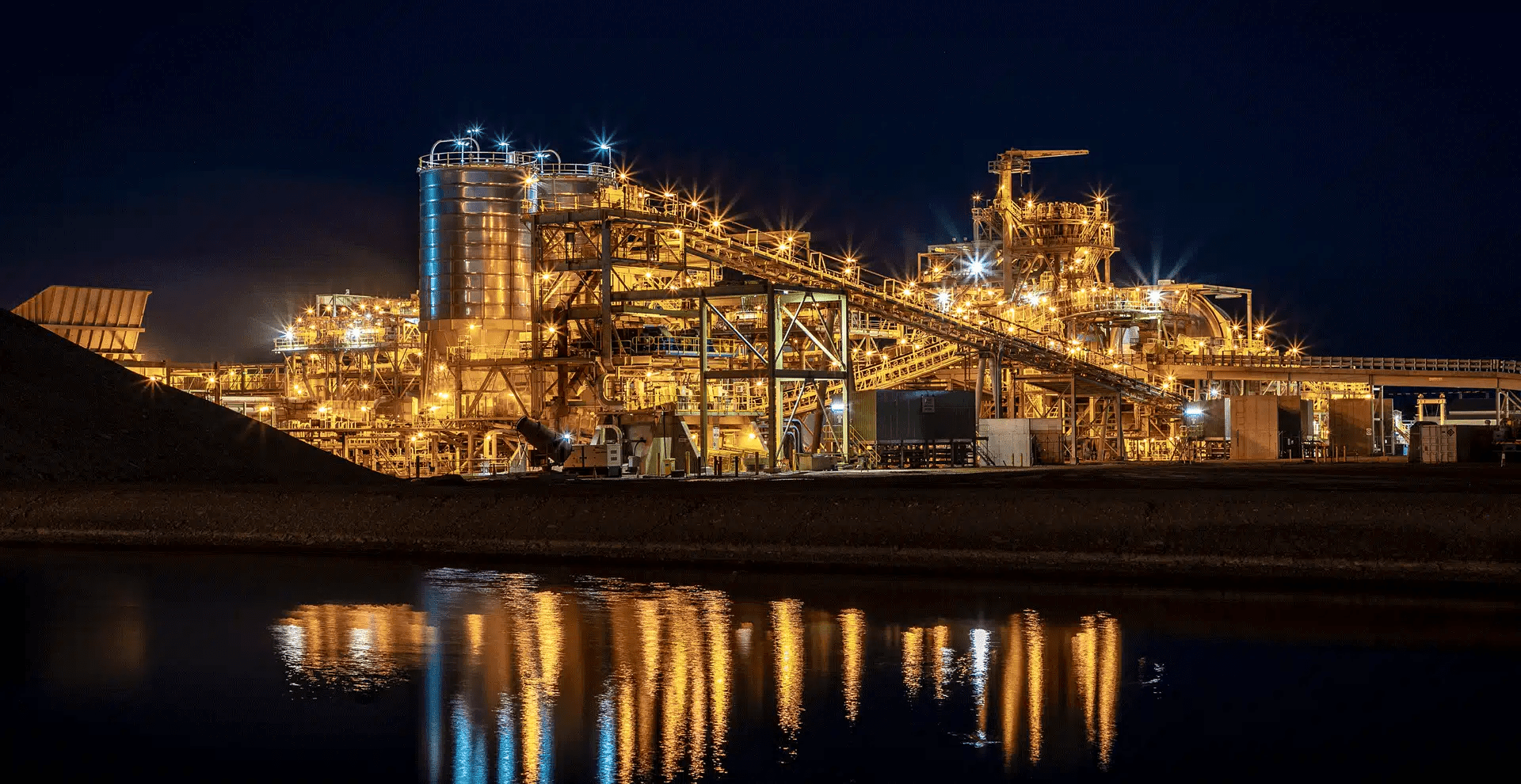
Image Credit: Gruyere Mine | Gold Road Resources (Source)
Australia enters the new year as one of the world’s leading gold producers, with the Perth Mint being the country’s main supplier of gold bullion coins and bars. Last year, total gold production for the country was approximately 9.29 billion ounces, with forecasts predicting it will rise to about 9.93 million ounces by 2026.
The Gruyere Gold Mine, a 50-50 joint venture between Gold Road Resources and Gold Fields, is one of Australia's key mining operations. Located in the northeastern Goldfields region, it plays a vital role in Australia's gold mining heritage and is expected to see steady growth in 2025.
Since starting production in June 2019, the site has produced over 1.5 million ounces of gold, including a record approximately 287 thousand ounces in 2024, solidifying its place in Australia’s mining industry.
9. Kyzyl: Kazakhstan
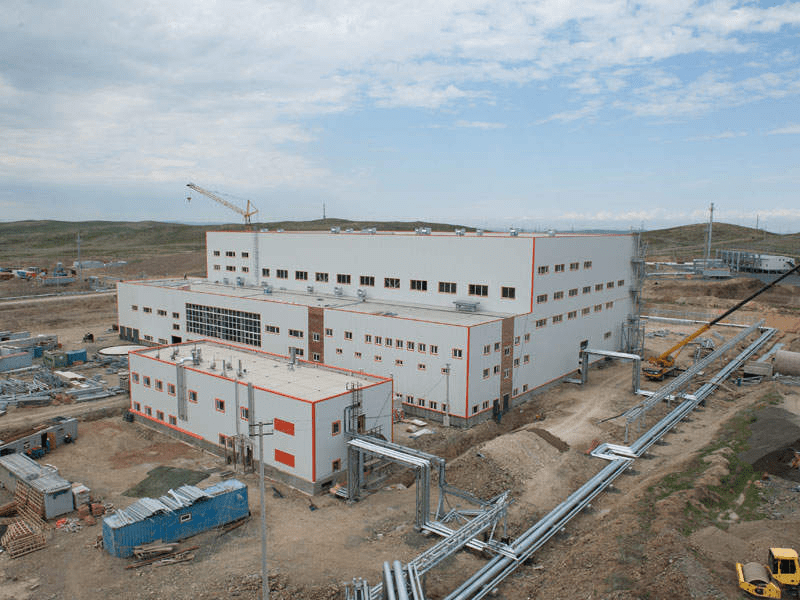
Image Credit: Kyzyl | Mining Technology (Source)
The Kyzyl mine is one of the largest gold mines both in Kazakhstan and globally. Located in the eastern part of the country, in East Kazakhstan Province.
According to its annual report released in January, the Kyzyl mine produced 320,000 ounces of gold in 2024, a significant increase from the previous year's 104 thousand ounces, highlighting the mine's rapid growth in production.
8. La Herradura: Mexico

Image Credit: La Herradura Mine | Fresnillo PLC (Source: Fresnillo PLC)
Mexico's gold production in 2024 was approximately 4.18 million ounces, up from 4.08 million ounces in 2023.
As the world’s largest silver producer, Mexico continues to be a key player in the global precious metals industry.
According to its annual report, La Herradura’s total gold production in 2024 was approximately 361 thousand ounces of gold, contributing to guaranteeing Mexico's vital role in the global precious metals market.
7. Newmont’s Ahafo South: Ghana
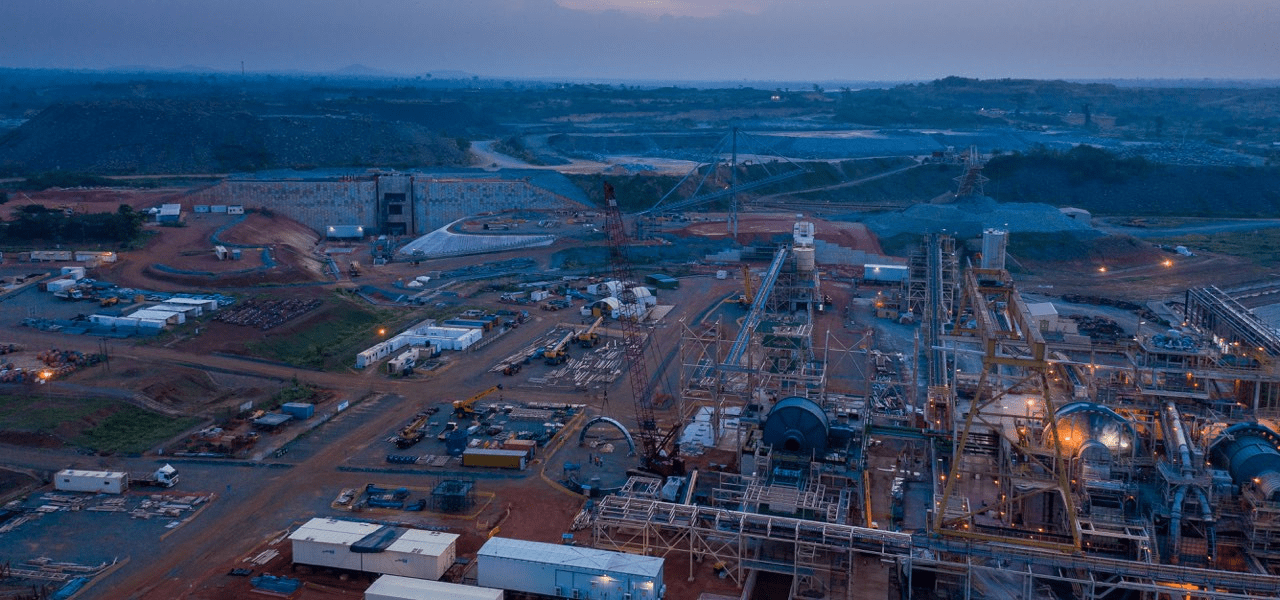
Image Credit: Ahafo Gold Mine, Ghana | Newmont (Source: Newmont)
Ghana is the largest African gold producer. Newmont’s Ahafo South mine is the greatest contributor to guaranteeing the name.
Located 307 kilometers northwest of Accra, Ghana, the Ahafo Gold Mine is a significant gold mining operation in the region. The mine began production in 2006 and is a surface mine known for its substantial gold output.
With 581 thousand ounces of gold produced in 2024, Ahafo continues to be a vital contributor to Ghana’s position as one of Africa's top gold producers.
6. Altyntau Kokshetau: Kazakhstan
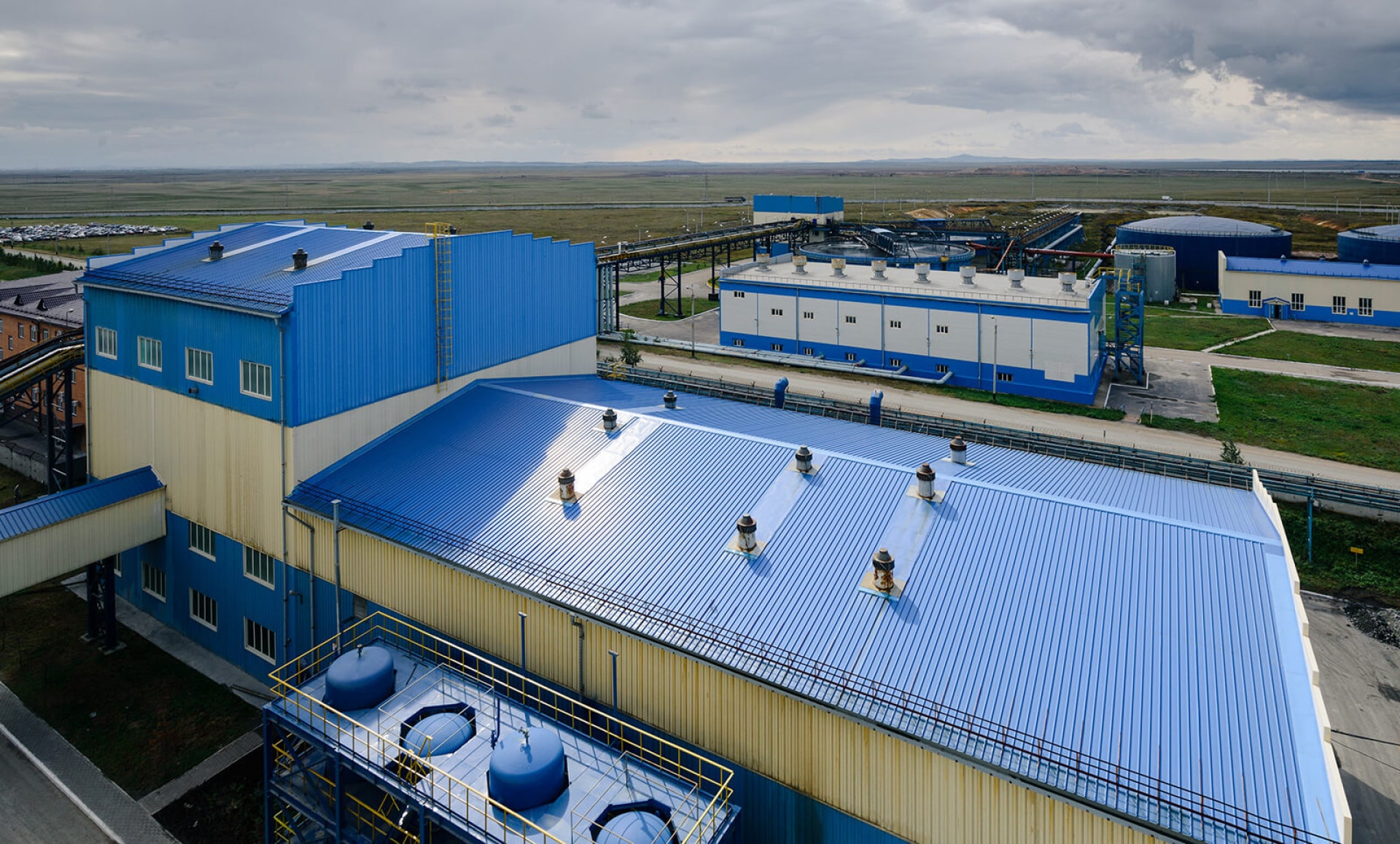
Image Credit: Altyntau Kokshetau Mine | Kazzinc (Source: Kazzinc)
Kazakhstan's gold production in 2024 was approximately 4.18 million ounces, down from 4.28 million ounces in 2023.
Kazakhstan’s largest gold-mining operation is the Altyntau Kokshetau mine, owned by mining giant Glencore. Its impressive production numbers have contributed to solidifying the country's position in the global gold scenario.
In its 2024 production report, Glencore revealed that it produced a total of 603 thousand ounces of gold from its largest Kazakhstan asset, the Altyntau Kokshetau mine.
5. Detour Lake Mine: Canada
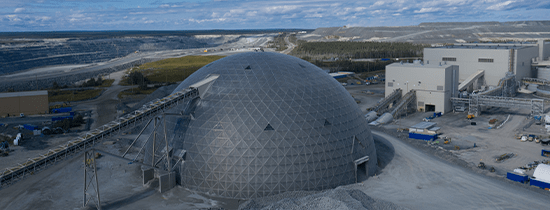
Image Credit: Detour Lake Mine | Agnico Eagle (Source: Agnico Eagle)
Canada's rich geological landscape holds vast gold deposits, home to some of the world's most significant gold mining operations.
Agnico Eagle Mines has established itself as a leader in the gold sector, operating several mines across Canada, including Meadowbank and Meliadine.
Located in Ontario, the Detour Lake Mine is currently Canada's largest gold mine, with an estimated gold reserve of 19 million ounces. In 2024, it produced approximately 672 thousand ounces of gold.
4. Carlin: United States
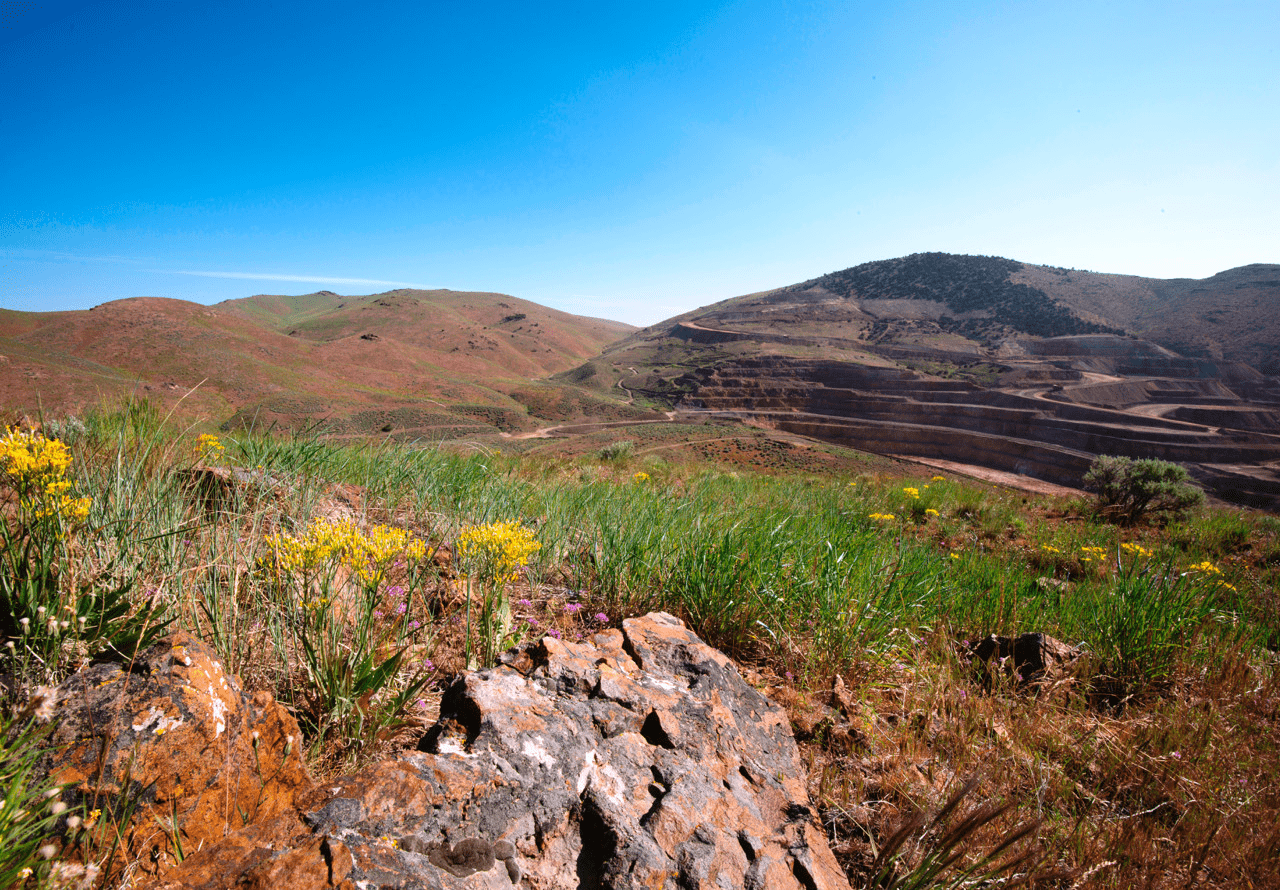
Image Credit: Nevada Gold Mines | Newmont (Source: Newmont)
Formed in 2019 through a joint venture between two major mining companies, Barrick Gold and Newmont, Nevada, Gold Mines encompasses a vast array of assets in Nevada, including 10 underground mines, 12 surface mines, and various associated facilities.
The Carlin Complex is a pivotal asset, contributing significantly to the company's overall production and is one of the main suppliers of gold bullion to the U.S. Mint.
According to their latest reports, the Carlin mine produced 1.26 million ounces of gold the previous year.
3. Muruntau: Uzbekistan
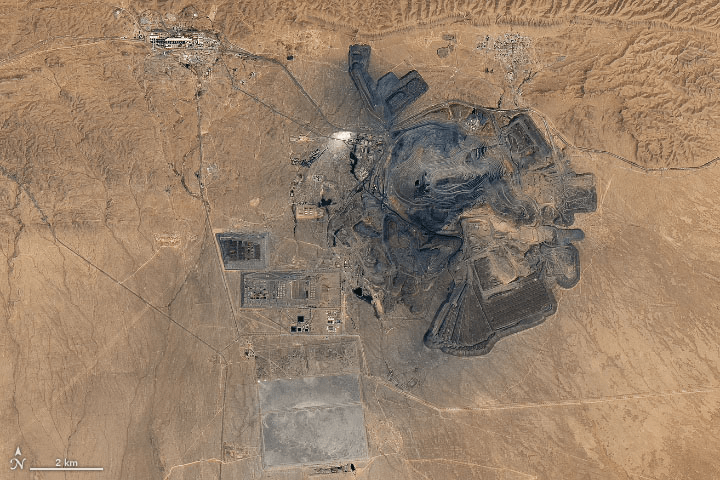
Image Credit: Muruntau Gold Mine | NASA Earth Observatory (Source: Earth Observatory)
Operated by the state-owned Navoi Mining Enterprise, the Muruntau open-pit mining complex is massive, stretching over 3.3 km long, 2.5 km wide, and reaching nearly 600 meters deep.
Discovered in 1958, Muruntau began mining operations in 1967, making it one of the longest-running gold mines in the world. As of 2023, it was the largest gold mine in operation, as production there amounted to 1.8 million ounces that year.
2. Grasberg: Indonesia
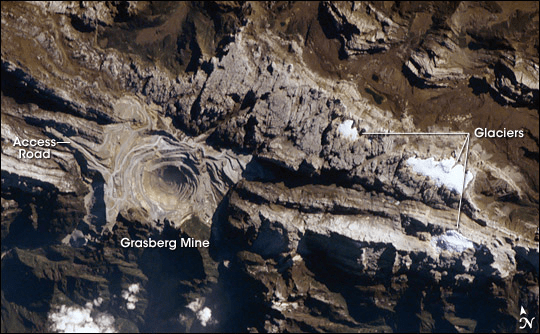
Image Credit: Grasberg Mine, Indonesia | NASA Earth Observatory (Source: Earth Observatory)
The Grasberg Mine boasts one of the world's largest gold and copper reserves. The country is home to several primary gold operations, with the Grasberg Mining District being the largest. This mine is a joint venture between Freeport-McMoRan and the state-owned Indonesia Asahan Aluminium.
Located in Mimika Regency, Central Papua, Indonesia, near Puncak Jaya, it produces an impressive average of 1.54 million ounces annually.
In 2024, the Grasberg mine produced 1.86 million ounces of gold, a slight decline from the 1.98 million ounces produced in 2023.
1. Olimpiada: Russia
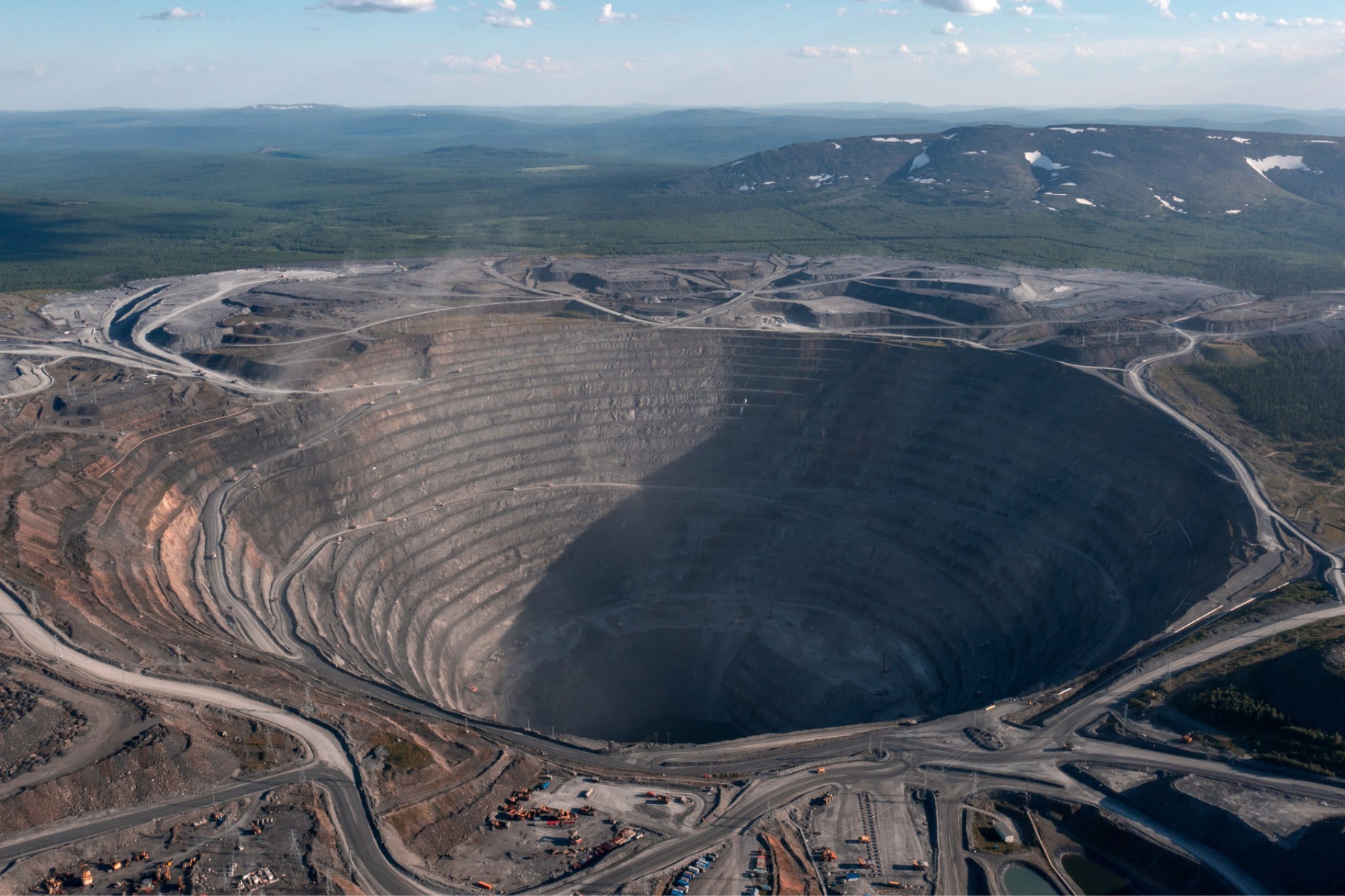
Image Credit: Olimpiada Gold Mine | Polyus (Source: Polyus)
The Olimpiada gold mine, operated by Polyus, is situated in the Krasnoyarsk region of Eastern Siberia, Russia. Polyus is the largest gold producer in Russia and ranks among the top 10 gold mining companies globally.
Despite the political challenges and Western sanctions against Russia, which have restricted access to critical equipment, the country remains a top player in the global gold mining industry.
Companies like Polyus have adapted by seeking new suppliers, such as China, and continue to show resilience.
Olimpiada is Polyus' largest operating asset, located in one of Russia’s richest gold mining regions. In 2024, it produced a total of 3 million ounces of gold.
Largest Gold Mine in the World Discovered in China
Beneath the Wangu gold field in Pingjiang County lies a colossal gold ore deposit, estimated to contain about 32 million ounces of the noble metal.
In late 2024, the Geological Bureau of Hunan Province discovered 40 gold veins within a 2-kilometer (1.2-mile) depth in northeast Pingjiang County.

Image Credit: He Huifeng In Guangdong | South China Morning Post (Source: SCMP)
Although Chinese media has yet to officially confirm this figure, if accurate, it would surpass all the mines listed here as the largest gold reserve ever discovered, potentially valued at over $80 billion.
Even though a specific figure hasn't been confirmed, China remains the world’s leading gold producer entering 2025, with approximately 12.2 million troy ounces produced last year.
While it may not have the largest individual mines compared to others, its total production across all mines solidifies its position as the top producer globally.


















